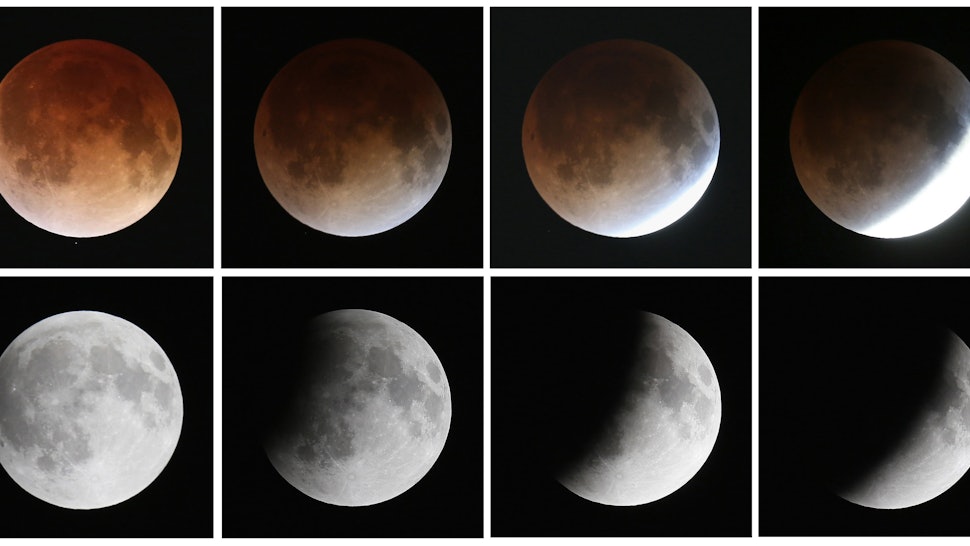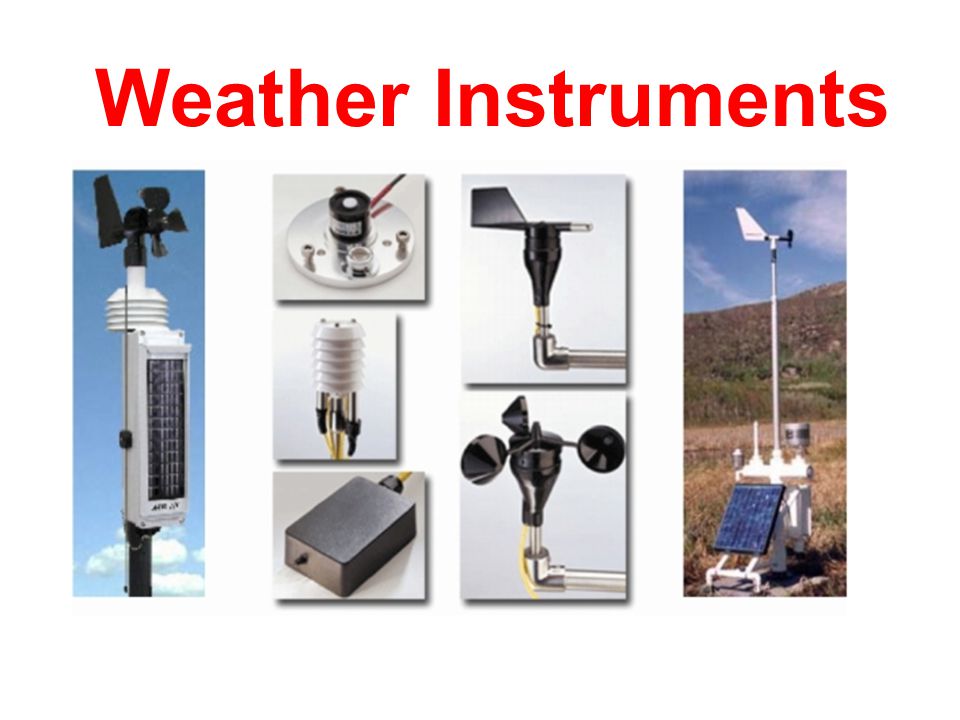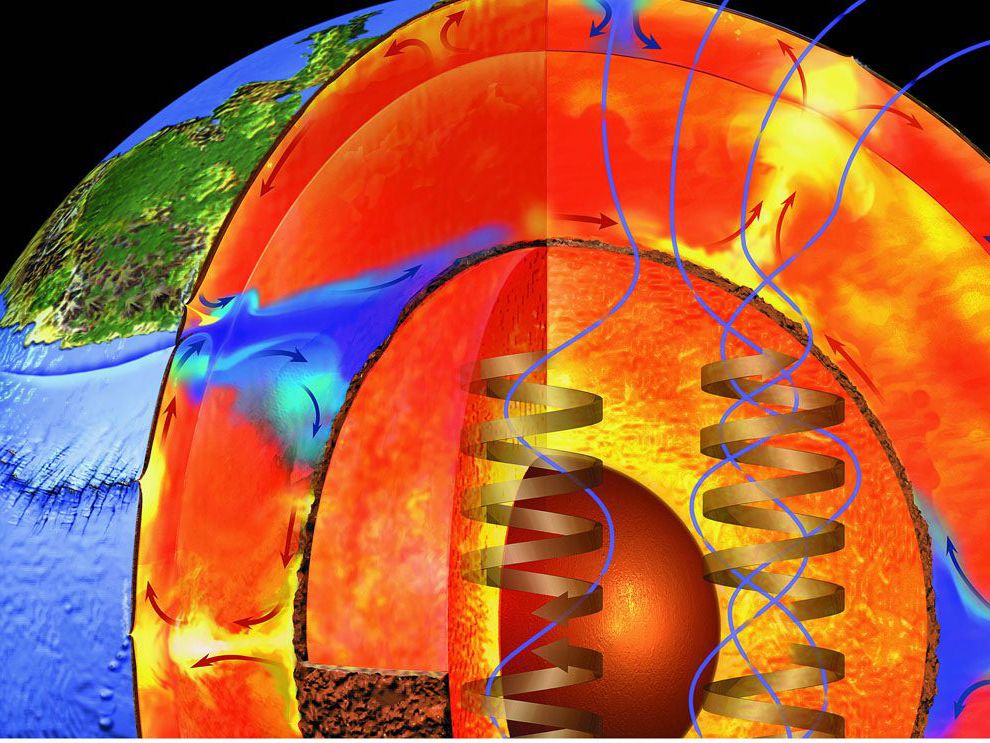- Fabien Cousteau on his expedition to the Blue Hole of Belize was none other than iconic English business mogul and conservationist Sir Richard Branson. The Virgin Group tycoon was keen on spearheading the fact-finding mission to the bottom of the Blue Hole and to thoroughly explore its depths himself in the team’s submersible.
- As the submarine scoured the sea bed, the team saw what they were faced with: masses of plastic pollution. Empty bottles, covered in underwater grime littered the base of the Blue Hole. Not know what they find initially, the expedition ultimately revealed yet another victim of human consumption, an underwater garbage dump. The team members were saddened and disgusted.
- Branson has stated that he’s looking with grave concern toward the future, noting that his grandchildren will be in their thirties in 2050, and he can’t bear imagining them in a future without coral and other wonders the ocean contains. Belize has pledged to phase out single-use plastic during 2019. But this expedition to Belize was far from the first time that Branson had pledged himself to saving the environment. The amount of plastic waste humankind has created, as evidenced by the sobering finding at the bottom of the Blue Hole of Belize, is one of the largest environmental disasters facing the planet. Some of the world’s most beloved public figures, including Hollywood A-list actors, have pledged to join the fight.



![]()

https://www.newsweek.com/richard-branson-belize-great-blue-hole-sinkhole-plastic-pollution-1299764
(Images/video taken from google/IE)

















Recent Comments